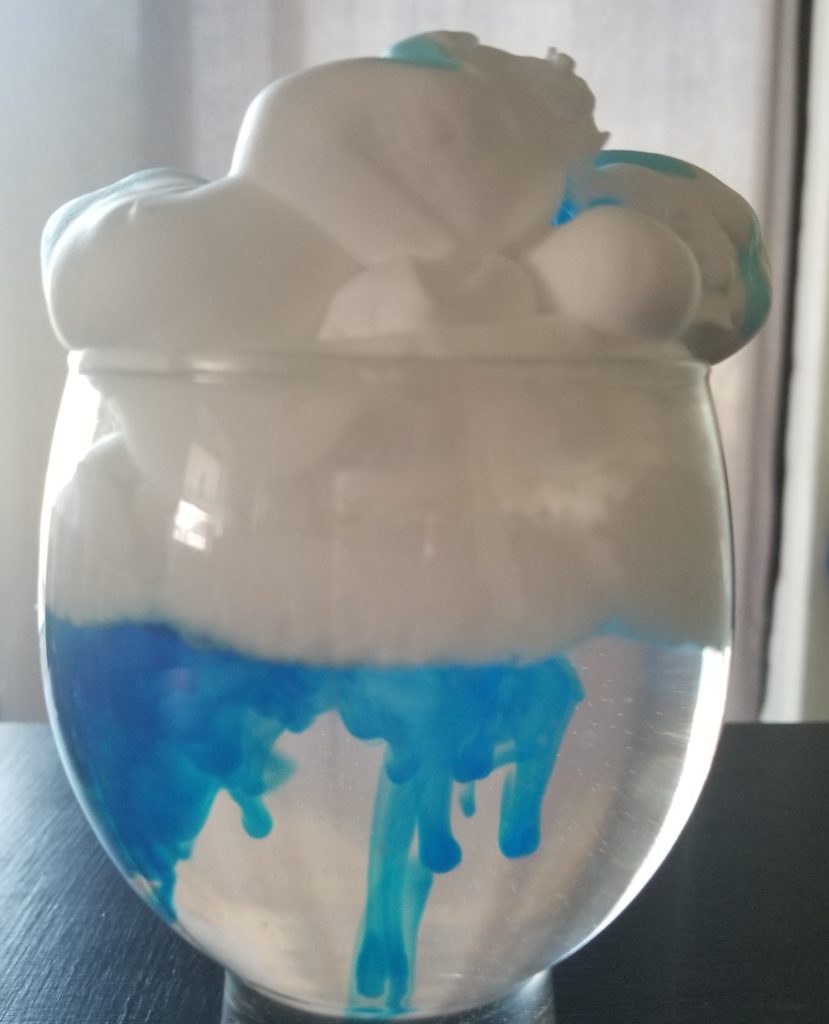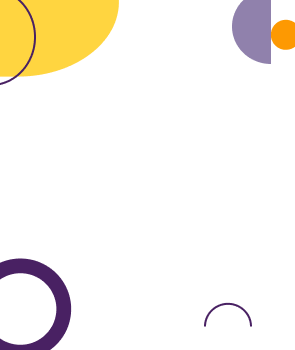Why do rainbows appear, what is a cloud, and why does it rain?
It’s finally spring, and science experiments for kids are a great way to bring some of these spring scientific concepts to life. Whether you are looking to add a few hands-on activities to spring break, or spend time together on a rainy day, we know you will have a blast exploring spring together with these fun experiments!
Growing Crystals
Supplies:
All you need is boiling water, borax, string, pipe cleaners, a jar, and a pencil.
Step-By-Step:
1. Bend your pipe cleaners into your desired shape.
2. Tie a piece of string onto your pipe cleaner. Tie the other end of the string to the center of the pencil.
3. Boil 2 cups of water. Stir 8 tablespoons of borax into the water until it dissolves.
4. Fill your jar with the borax solution.
5. Place your pipe cleaner into the jar. The pencil should stay on the top of the jar to keep the pipe cleaner suspended. Make sure the pipe cleaner isn’t touching the sides of the jar.
6. Leave the jar for at least 24 hours so the crystals can grow. When you are ready to remove the crystal, gently tug the string out of the jar.
Rainstorm in a Jar
It’s a perfect way for even the youngest learners to explore clouds, saturation, and rain in a hands-on way.
Supplies:
All you need is water, a jar, an eye dropper or pipette, blue food coloring, and foam shaving cream.
Step-By-Step:
1. Fill a jar ¾ of the way full of water.
2. Fill the rest of the jar with shaving foam.
3. In a separate bowl, mix water with blue food coloring.
4. Use the eye dropper to drip the blue colored water into the shaving cream cloud. As the colored water saturates the cloud, it will get heavy, and eventually so heavy that it can no longer hold the water. It will begin to “rain” down through the jar, just like rain falls through the air.
Rainbow in a Jar
Supplies:
All you need is sugar, warm water, food coloring, 4 bowls, an eye dropper, and a small jar.
Step-By-Step:
1. Measure out ½ cup of warm water into each of your 4 bowls.
2. Add 2 drops of food coloring to each bowl. Red, yellow, green, and blue will make for the best results.
3. Add 2 tablespoons of sugar to the red bowl, 4 tablespoons of sugar to the yellow bowl, 6 tablespoons of sugar to the green bowl, and 8 tablespoons of sugar to the blue bowl.
4. Stir the sugar until it’s dissolved. Because of the increasing density of the sugar in the water, the green and blue bowls will take more effort to dissolve.
5. Pour the blue water into the bottom of the jar. Use an eye dropper to slowly drop the green water in next, followed by the yellow and red. GO SLOW!
Due to the increasing density of the sugar water, the colors will remain separated, and stack on top of each other like a rainbow!





